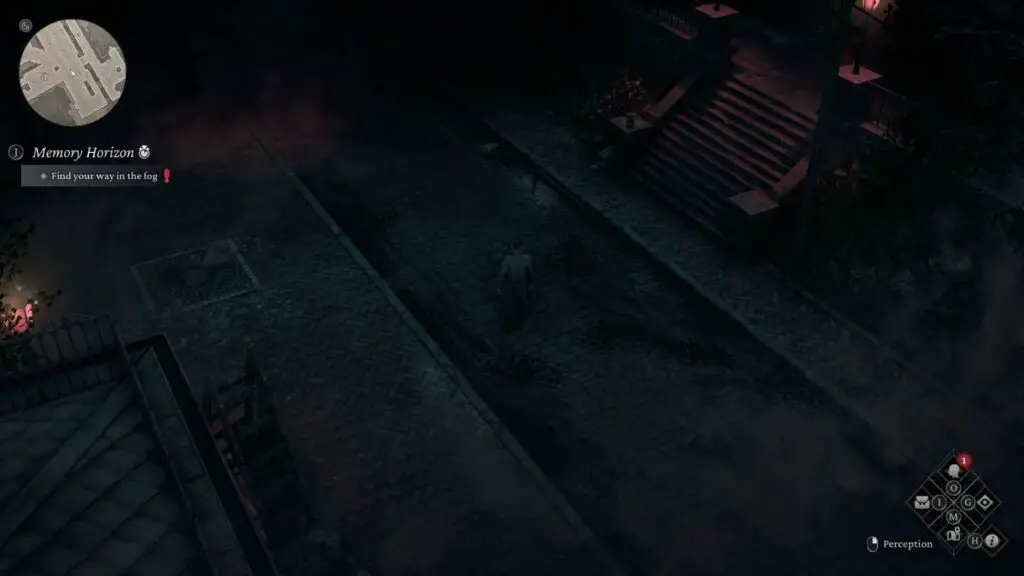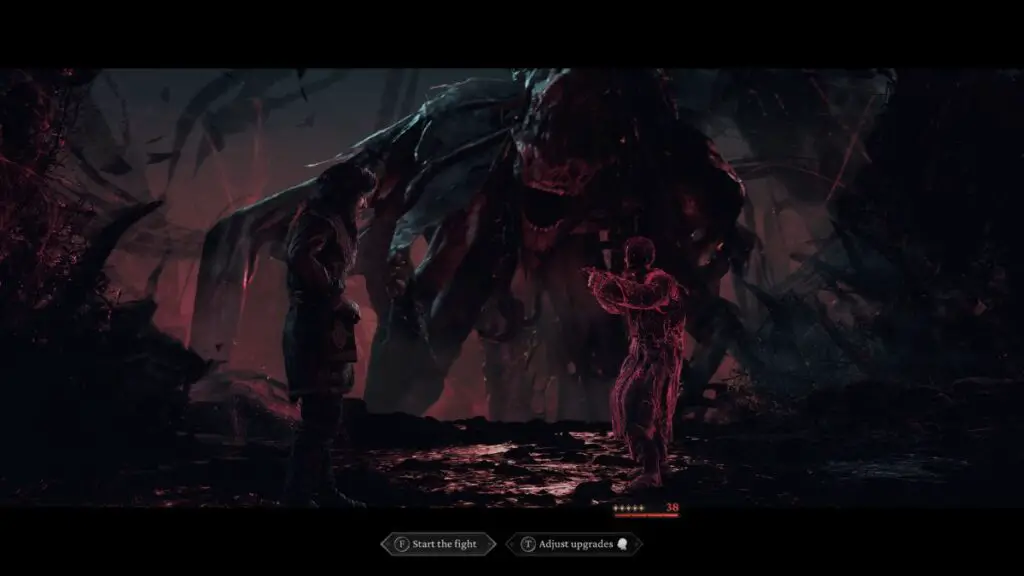Individually, history and folklore are both fascinating ways to explore a cultural consciousness. Together, they can capture greater depths of authentic humanity, accentuating and giving shape to the emotions and personalities from people long gone.
If that sounds fascinating — if you’re seeking a video game chock full of captivating history and folklore — look no further than Thaumaturge. Developed by Polish company Fool’s Theory, Thaumaturge thrusts you into the tense world of Russian-occupied Poland during the months leading to the Russian Revolution. Amongst this political and social unrest, you follow a down-on-his-luck supernatural magician as he returns to his hometown of Warsaw to hunt esoteric creatures and expose the conspiracy behind his estranged father’s death.
While Thaumaturge has its mechanical stumbles, this historically fantastical game’s lush immersion makes it a one-of-a-kind experience.
The Real and Unreal World of Poland

In Thaumaturge, our protagonist is Wiktor Szulski, a Warsaw-born temporomancer living during the Russian Imperial occupation of Poland. Wiktor’s journey follows his return to Warsaw for his father’s funeral — a difficult topic for Wiktor, as his strained relationship with his father led to him fleeing Warsaw fifteen years earlier. The investigation and mysteries that follow put pressure on Wiktor’s complicated feelings about his father and the art they both practiced: Thaumaturgy.
An occult science, Thaumaturgy is an occupation performed by people who can see supernatural beings called salutors. Salutors are emotionally influential creatures drawn to people with powerful Flaws — paranoia, fear, guilt, etc. Under the salutor’s watch, these Flaws start infecting the people nearby. Thaumaturges use their unique sight to identify Trace emotions, expose Flaws, and capture salutors for their own use, be it selfish or altruistic.
Throughout Wiktor’s investigation of Warsaw for clues about his father’s death, he gets more involved with the schemes, conspiracies, and social circles of the politically charged Warsaw. This involves a host of fascinating side characters, such as Wiktor’s brilliant, trouser-wearing sister and his violent poet of a childhood best friend. The charming characters and dynamic investigative missions help strengthen Thaumaturge’s world as well as Wiktor’s complex character story.
For example, one of Thaumaturge’s early missions follows a lead that Wiktor found in his father’s study — an affectionate note from a lady friend. After some prying, his sister reveals her name is Svetlana, a member of the Russian royal court, and she often hosts lavish get-togethers in her apartment at the Imperial Hotel and the next one is tomorrow night.
There, Wiktor not only meets a Thaumaturge masquerading as a medium but also discovers the nature of Svetlana’s relationship with his father. Wiktor can either see this as a new dynamic, human layer to his father or just another lie kept from his children. Meanwhile, Wiktor has many other choices to make throughout this party, such as whether he approaches guests with prideful hostility or careful pragmatism. Will he worry about acting like his father — who was known for both pride and pragmatism — or accept the similarities? Not to mention he still has to surmise which party guest has a surprise salutor stalking after them.
The player can choose how Wiktor chooses to react to his feelings and his surroundings all in a quest to carve out exactly what kind of man he’s becoming. Moreover, the characters around him play off those decisions, too. It makes for a compelling narrative with just as compelling players.
However, Thaumaturge’s best character isn’t quite a person at all.
Welcome to The Flying University

There are many things to praise Thaumaturge for, but top of the list has to be its atmosphere: Warsaw, 1905. Thaumaturge expertly makes you feel like you’re in this bustling, fraught city. You don’t need the full Assassin’s Creed 2 corner-by-corner copy of Milan to feel immersed. The little notes you find referencing real establishments and events, the Polish-inspired architectural and interior design, the color palette… they all soak you in the overbearing gloom of this era, all while still taking the time to celebrate the hope the Polish people held onto, even under occupation. There’s nothing quite like bar fights or plum jelly doughnuts to prove Polish hearts — and stomachs — still beat strong under imperial occupation.
Part of what makes Thaumaturge’s atmosphere so impactful is that the game seamlessly blends the fictional lore of Thaumaturgy into the tensions of Poland’s political landscape. The story takes inspiration from period-accurate controversies about occultism to create its own cultural underbelly of supernaturalism and science that has both its zealous supporters and detractors, a factor that worsened the already tense political situation in the region. This underbelly also doubles as an allegory for the spread of fear, paranoia, unrest, and violence throughout Russia’s occupation. Thaumaturge is a celebration of exploring a living, breathing Poland during one of its most volatile periods.
As historical fantasy often does, Thaumaturge also includes an array of real-life figures, such as Rasputin and Tsar Nikolai Romanov. (Don’t worry gamers who aren’t history fans, the game offers encyclopedia entries on each character and historical figures, so you’ll get all the context you need). This use of historical figures at times is very effective and helps the story feel more immersive, but not always. Take Rasputin. It seems obvious that the holy man of Russian infamy would be the center of political and occult tensions. However, there is little to no evidence that Rasputin was anywhere near any Polish social conflicts, ever. So, if you get very hung up on very by-the-book historical accuracy, Thaumaturge may get under your skin — as will most historical fantasy. It’s up to you if you’ll just enjoy the ride or get frustrated with Rasputin showing up in another piece of pop culture.
Tame the Right Mouse Click

When talking about the actual mechanics of Thaumaturge, this video game feels like a Diablo 4 reskin with a supernatural Sherlockian twist. The perspective the developers chose for the explorative parts of the game is quite reminiscent of the popular Blizzard game.
Meanwhile, the combat is much more akin to a turn-based JRPG, with characters standing and idling in place while you decide what moves you and your salutors will make. That comparison is a bit more damning because, while the fights themselves aren’t very difficult, they also aren’t exactly innovative or inspired. The game does have some strategy — only certain salutors can “break” the damage-resistant or status-resistant traits of enemies — but that strategy feels less like your own genius plot as much as something the game forces upon you to ensure you use more than one salutor. Moreover, while there is a “skill tree” for your salutors and your abilities, none of the additions feel particularly special. While you can pick status or damage-boosting traits, it’s not exactly like you can spec out a clever and game-breaking build.
For example, in the combat description for one of your salutors, Veles, details them as being luck-based. However, not only do you have no way to manipulate that luck in your favor, but also regardless of that possible luck bonus or not, many of its attacks are solid anyway. Especially its healing ability which always gives you back at least 10 health. So, it doesn’t feel like a real gamble, then. It just makes Veles the default early-game healer, even if you never get that low-luck chance of 40 health. The salutor’s gimmick just ends up feeling irrelevant.

And the times you do have to employ a strategy — focusing more on status effects versus straight damage — little of that planning felt satisfying. It just feels like a slow obstacle to get you to the next story beat. The combat exists adjacent and flaccid beside the much more engaging story. Luckily, it doesn’t appear often enough to be annoying.
It’s a different mechanic that gets the “annoying” title.
Walking around Thaumaturge is a delight full of secrets and landmarks. You discover these things by using the game’s perception skill to show you new clues and information — which either help you move to the next mission or add lush layers to Warsaw culture. The perception skill’s an easy right-click of your mouse. Wonderfully simple, eh? Not quite.
For starters, being so easy to click makes overusing the skill far too tempting, and sometimes the game does not enjoy you clicking it too much. Often, my character would stop running or get slowed down if I over-clicked the perception skill. And those walking and perception check problems can get even more troublesome. More than once I would end up struggling to walk properly toward a cornered clue. When I clicked on the floor spot where I wished to move, the game wouldn’t let me. However, when I clicked the perception skill it would deem me not close enough to reveal the secret or clue and make it interactable. I would then spend the next full minute wiggling in place, trying to figure out how to fight the invisible walls and the semi-ineffective perception skill to get close enough and activate this clue — even at distances that, in other locations of events, the skill easily identified them.
Thankfully, these moments are often quickly followed by finding a fascinating clue, but it doesn’t make the skill any less of a clunky nuisance at times.
A Saluted Adventure
On paper, Thaumaturge sounds so niche. A historical fantasy story about occult detectives existing during the Russian occupation of Poland who then also expose several conspiracies including anti-Thaumaturgists, the revolution, and the Russian secret police? I fully admit, even as a historical fantasy lover, that this premise can sound a little over-bloated. But like all good historical fantasy, all the flair exists to facilitate the story at hand: a journey about a disgraced son returning home to find his way out of his father’s disapproving shadow and into his own light—whichever kind of light you choose.
Thaumaturge has a few kinks and hurdles that could annoy a player, but otherwise, it’s an innovative, compelling, and engaging way to tell the history, folklore, and stories of Warsaw.
Thaumaturge was reviewed on PC with a code provided by Fool’s Theory. It is available on Steam, Xbox, and PlayStation as of March 4, 2024.
More From Us:
Penny’s Big Breakaway review: Inspired by past platformers, but able to make its own identity
The Review
PROS
- Fantastic atmosphere
- Compelling characters
- Engaging missions and mysteries
CONS
- Clunky exploration mechanics
- Uninspired combat






